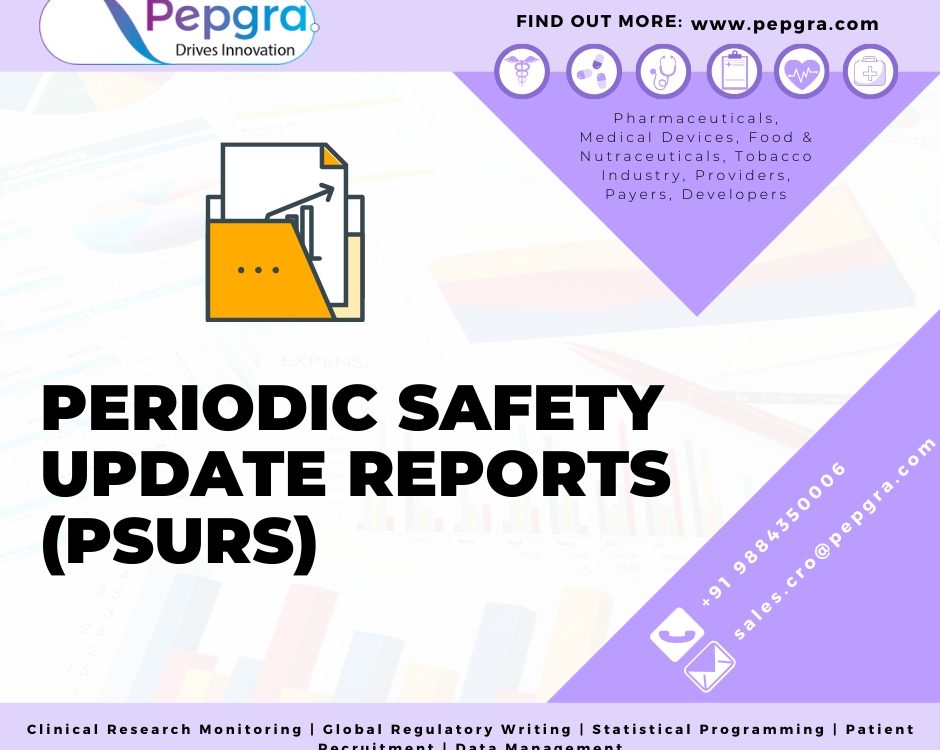In Brief
- A novel process where European Medical Agency offers a new service.
- The service is focused around medical literature monitoring.
- This service is also a vital step to ensure that there is no duplication of negative reaction reports.
- This service came into effect from 1st September, 2015.
Service Insights
The European Medicines Agency (EMA) on 12th May, 2015 presented an official intimation of medical literature monitoring service and also proclaimed that adverse reaction reports would be not be required to be entered within the EudraVigilance. The entire thing came into effect from 1st September, 2015 onwards. Following the announcement, the EMA has published a list of active substances and also provided a reference to the journals that will encompass this novel service. Initially, the service was poised to be initiated by taking around a restricted number (50 active molecules) of active substances from 1st July, 2015 and was supposed to be full-fledgedly implemented by September, 2015. As per the EMA, a preset array of journals and reference databases would be utilized for this service (Joshi, 2015). These journals / databases would include:-
- EMBASE
- EBSCO which would encompass a range of resources, wherein the primary focus would rest on the usage of;
- Medline Plus
- International Pharmaceutical Abstracts (IPA)
- The Allied and the Complementary Medicine Database (AMED)
To say the least, medical literature could prove to be a highly significant source for information pertaining to suspected adverse reactions from medicinal drugs. It is being offered as a service to an industry sector that for active substances and literature covered through activities of the EMA, would no more be obligated to record information related to suspected negative reactions within EudraVigilance. Any independent instances of negative drug reactions that would be found within the literature would be openly made available to marketing authorization holders (MAH). This would enable them to add the same within their safety databases and adhere to the reporting requirements beyond the European Economic Area.
PMS: What it involves
Considering that the process of drug approval comprises of phase I, II and III trials, post marketing trials are often referred to as phase IV trials. PMS comprises of a systematic monitoring of drugs and medical devices as they are utilized in actual real-world scenarios. This is in contrast to controlled clinical settings during pre-marketing Clinical trials wherein the conditions of the study are strictly controlled (David & Kim, 2019). Though randomized clinical trials (RCTs) that have the propensity to lower variability are beneficial in evaluating the effectiveness of one drug or device as compared to the other, they seldom provide appropriate information on the effects of the drug or device following its release in the market for use by patients.
Avoiding Duplication
No doubt, medical as well as scientific literature is supposed to be a major source that offers information in terms of recognizing any suspected incidence of negative drug reactions for drugs that had been authorized in the European Economic Area (EEA).
In due accordance with guidance as outlined within the ‘Good Pharmacovigilance Practices (GVP) Module VI’, organizations that have been authorized for marketing are supposed to monitor medical literature. They were also expected to notify about individual instances of alleged negative reactions from medicines for which they held marketing authorization within the EEA. However, the outcome of such an action was that it resulted in efforts being duplicated by marketing authorization holders. The duplication was in terms of active substances that could be found in more than one medicine, as well as duplicate entries regarding such reports were made into EudraVigilance and national safety databases (Heads of Medicine Agencies, 2012).
Expected Outcomes
The European Medical Agency executes the task of monitoring medical literature and entering pertinent information into EudraVigilance with a view to;-
- Improve the overall efficiency in terms of reporting negative reactions.
- Present the pharmaceutical sector with a simplification.
- Enhance the overall quality of data by lowering the scope for duplication.
- Undertake efforts to ensure savings in resource for the pharmaceutical industry.
Extend support in terms of activities pertaining to signal detection by holders of marketing authorization and national competent authorities.
Legal Antecedents
Article 27 of Regulation (EC) No 726/2004 forms the background for the tasks of the EMA. As per regulations, it has been stated that;
- Selected medical literature will be monitored by the Agency for reports pertaining to suspected negative reactions to medicinal products that are inclusive of some specific active ingredients. The Agency will also publish the list of active substances that are presently being monitored and the relevant medical literature that falls under their purview.
- Pertinent information derived from the chosen medical literature will be entered into the EudraVigilance database by the Agency.
- An in-depth guide will be created by the Agency following due discussions with Member States, Commission and concerned parties, with regards to monitoring medical and scientific literature and entering the required information into the database of EudraVigilance.
In tandem with Article 107, paragraph 3 of Directive 2001/83/EC, it won’t be necessary for marketing authorization holders to report suspected negative reactions to EudraVigilance that have been mentioned in the listed medical literature as monitored by the EMA. This is particularly for products that comprise of active substances that find mention within the list of substances that are under scrutiny by the EMA.
At the same time, it is also imperative to keep in mind that marketing authorization holders would still be responsible to keep a track on every other medical literature and report any suspected negative reactions (European Medicines Agency, 2020).
Active Substances Included
An extensive array of active substances which also comprises of herbals, have been chosen on the basis of the medicinal product information that has been provided to the EMA in tandem with Article 57(2), in the second paragraph of Regulation (EC) No 726/2004. Mainly a large number of active substances that are known to exist in medicines and those for which a large number of marketing authorizations which were provided to diverse marketing authorization holders within the EEA fell under this service (European Medicines Agency, 2020).
The detailed list, largely of chemicals and substance groups which were herbal and subject to being monitored by the Agency is available in a separate document on the Agency website.
Advantage Marketing Authorization Holders
The introduction of this new service by the EMA is bound to make a humungous positive impact mainly on marketing authorization holders who exist and operate in the EEA. As per estimates, around more than 3,500 marketing authorization holders for substance groups stand to gain from this service. In addition, marketing authorization holders in excess of 640 under the herbal substance group would also stand to gain an advantage through this move by the EMA (Joshi, 2015; European Medicines Agency, 2020).
References
- European Medicines Agency (2020). Monitoring of medical literature and entry of adverse reaction reports into EudraVigilance. [Online]. 2020. European Medicines Agency. Available from: https://www.ema.europa.eu/en/human-regulatory/post-authorisation/pharmacovigilance/monitoring-medical-literature-entry-adverse-reaction-reports-eudravigilance. [Accessed: 23 March 2020].
- Heads of Medicine Agencies (2012). Guideline on good pharmacovigilance practices (GVP). [Online]. Available from: https://www.ema.europa.eu/en/documents/scientific-guideline/draft-guideline-good-pharmacovigilance-practices-module-vi-management-reporting-adverse-reactions_en.pdf.
- Joshi, P. (2015). EMA Launches Medical Literature Monitoring Services: To improve the safety monitoring of medicines by enhancing the quality and consistency of data. [Online]. 2015. Safety & Risk Management Blog. Available from: https://www.sciformix.com/safety-risk-management-blog/ema-launches-medical-literature-monitoring-services/.





